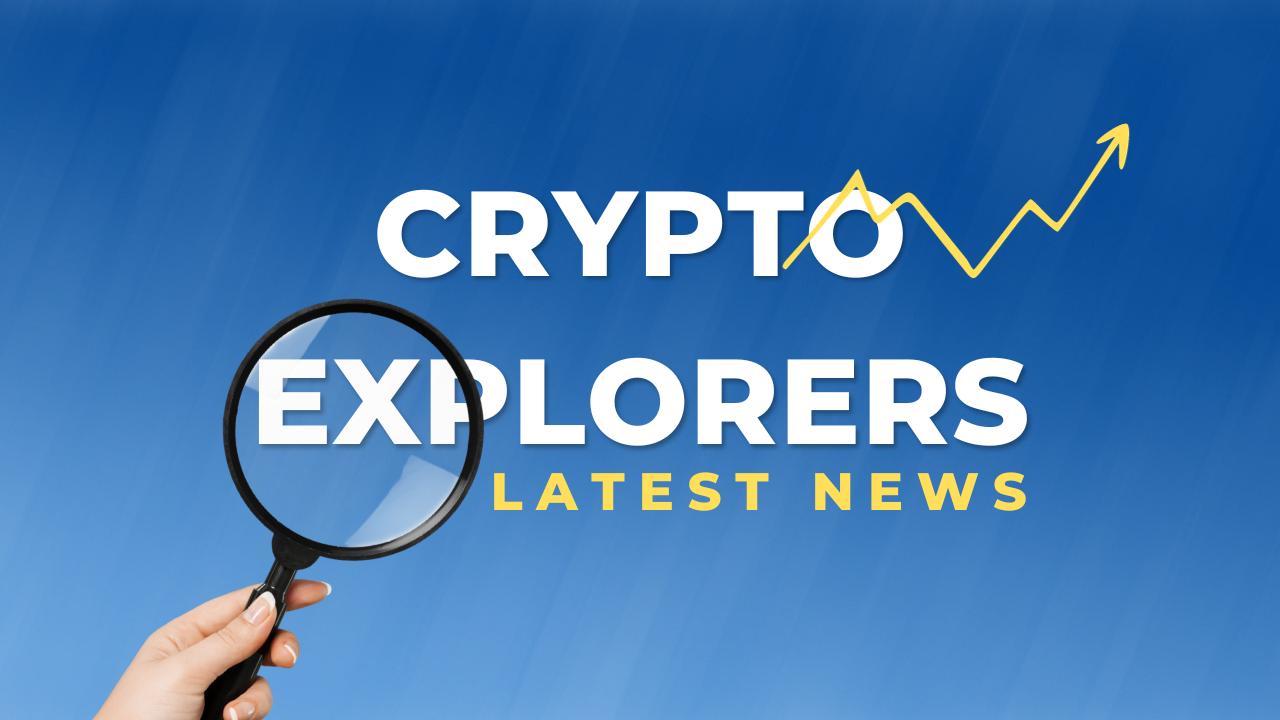
MoneyGram, the global payments platform, has announced the launch of a non-custodial wallet that allows users to move funds between fiat currency and USDC, a stablecoin pegged to the U.S. dollar. This move represents MoneyGram’s latest venture into the world of cryptocurrency, as it continues to work with the Stellar blockchain to power its wallet.
The use case of cryptocurrencies has been elusive, with the industry still struggling to find real-world applications that can drive mass adoption. However, remittances have often been framed as a holy grail for the crypto industry. Cross-border payments are still burdened by slow processing times and expensive fees, and the real-time settlement capabilities of crypto offer a potential solution.
Unfortunately, many blockchains are currently unable to process transactions at scale, and the associated gas fees and challenges in converting crypto into fiat currency make crypto payments unfeasible for most people. Blockchain projects like Stellar and Ripple have attempted to prioritize cross-border payments but have faced adoption challenges and regulatory uncertainty.
MoneyGram, on the other hand, has taken a unique approach. While it has developed a digital wallet and partnered with Stellar to allow users to buy and hold cryptocurrency, CEO Alex Holmes has emphasized that crypto will not replace cash entirely. He believes that there is currently more noise than value in the crypto industry.
The introduction of MoneyGram’s non-custodial wallet represents a deeper dive into the world of digital assets. By leveraging blockchain technology, the company aims to enable users to move funds globally while understanding that the ultimate goal is to end up with cash, not cryptocurrencies.
Traditionally, MoneyGram’s money transfer service required users to choose a destination for their funds, without the option to hold the funds in between. With the new non-custodial wallet, users can deposit cash and hold it as USDC, allowing them to decide when to transfer it into a different currency.
Unlike many non-custodial wallets that give users complete control over their funds, MoneyGram’s product will have full “know-your-customer” (KYC) requirements and will only be compatible with other MoneyGram wallets. While this limits its functionality within the broader crypto ecosystem, it also protects MoneyGram from the regulatory scrutiny associated with decentralized finance.
Remittance companies like MoneyGram and Western Union are often known for their high fees. MoneyGram has been actively working to reduce costs, and the company claims that the average global cost to consumers is around 3%, lower than the industry average of 6.3% reported by the World Bank. Digital transactions through MoneyGram tend to be even lower, potentially competing with other crypto-powered remittance services.
For now, the non-custodial wallet will be limited to countries with the capacity for digital KYC processes. Around 40 countries currently support a digital KYC process, according to Holmes.
MoneyGram sees the non-custodial wallet as a step toward transforming the company into a global ATM concept using blockchain technology. With this initiative, the company aims to redefine paradigms concerning the movement of money between fiat currencies, while emphasizing the importance of cash as the ultimate end result.
In conclusion, MoneyGram’s launch of a non-custodial wallet represents its continued exploration of cryptocurrency and its potential applications in the remittance industry. While the use case for cryptocurrencies remains elusive, MoneyGram is taking a unique approach that combines the benefits of blockchain technology with the need for traditional cash-based transactions. By offering a non-custodial wallet with full KYC requirements, MoneyGram aims to navigate the regulatory landscape and reduce remittance costs for its users.






